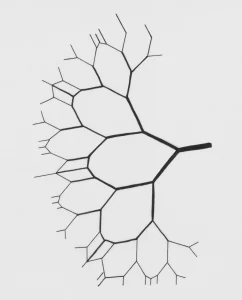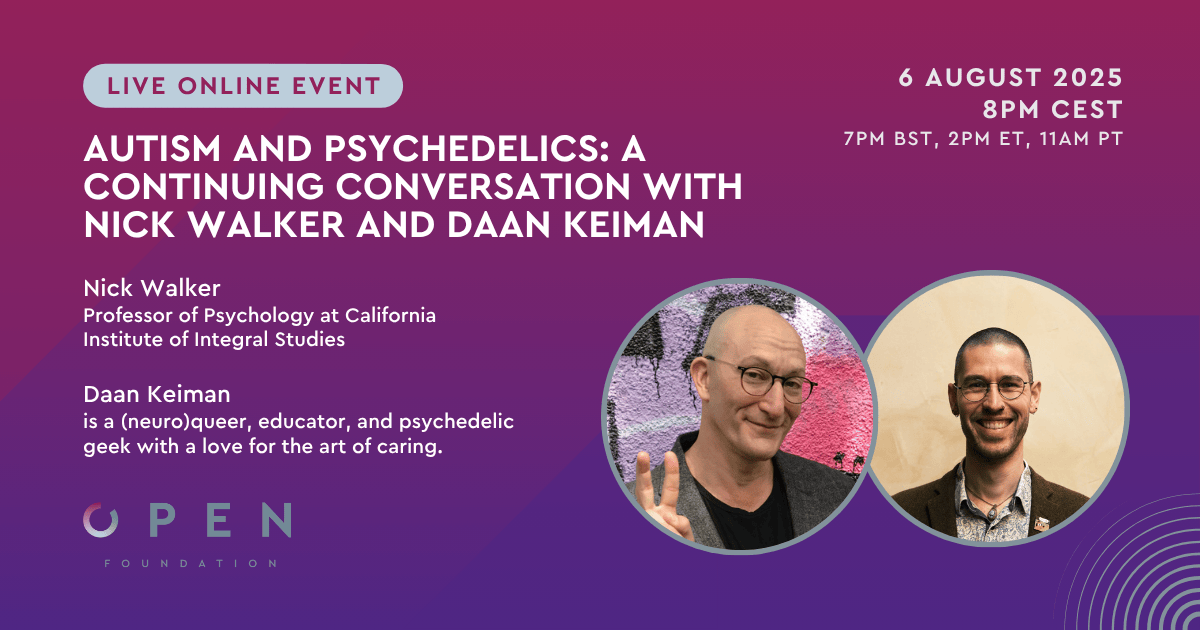Abstract
Major depressive disorder (MDD) is one of the most prevalent conditions in psychiatry. Patients who do not respond to traditional monoaminergic antidepressant treatments have an especially difficult-to-treat type of MDD termed treatment-resistant depression. Subanesthetic doses of ketamine-a glutamatergic modulator-have shown great promise for rapidly treating patients with the most severe forms of depression. As such, ketamine represents a promising probe for understanding the pathophysiology of depression and treatment response. Through neuroimaging, ketamine’s mechanism may be elucidated in humans. Here, we review 47 articles of ketamine’s effects as revealed by neuroimaging studies. Some important brain areas emerge, especially the subgenual anterior cingulate cortex. Furthermore, ketamine may decrease the ability to self-monitor, may increase emotional blunting, and may increase activity in reward processing. Further studies are needed, however, to elucidate ketamine’s mechanism of antidepressant action.
Ionescu, D. F., Felicione, J. M., Gosai, A., Cusin, C., Shin, P., Shapero, B. G., & Deckersbach, T. (2018). Ketamine-Associated Brain Changes: A Review of the Neuroimaging Literature. Harvard review of psychiatry. 10.1097/HRP.0000000000000179
Link to full text
Ionescu, D. F., Felicione, J. M., Gosai, A., Cusin, C., Shin, P., Shapero, B. G., & Deckersbach, T. (2018). Ketamine-Associated Brain Changes: A Review of the Neuroimaging Literature. Harvard review of psychiatry. 10.1097/HRP.0000000000000179
Link to full text













